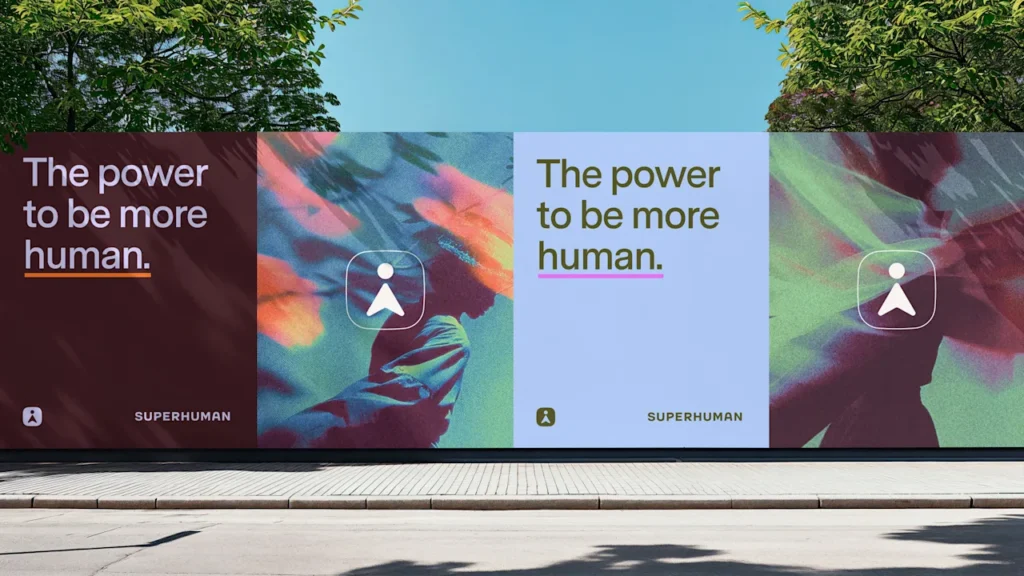
It’s rare for a company to give up more than a decade of brand recognizability for a new name. It’s even rarer for said company to trade their name for the name of a younger, less well-known company. But that’s exactly what Grammarly, the writing and grammar assistant tool with 40 million daily active users, is doing.
Starting today, Grammarly is rolling out a massive, all-encompassing rebrand to become “Superhuman.”
“Naming a company is like naming a kid,” says Grammarly CEO Shishir Mehrotra. “Renaming your 16-year-old is, like, 10 times harder. Swapping the name of your 16-year-old and your 11-year-old is 100 times harder. That’s probably what we’re doing.”
Grammarly’s new name is pulled directly from the AI-powered email platform Superhuman, which Grammarly acquired back in January. The swap is intended to signal a new beginning as the brand repositions itself from a writing helper to an all-in-one work productivity tool.
Despite the fact that, by Mehrotra’s own admission, Grammarly currently has a “higher brand awareness” than Superhuman, he believes this change is necessary to help consumers buy in on the company’s potential.
“The trouble with the name ‘Grammarly’ is, like many names, its strength is its biggest weakness: it’s so precise,” Mehrotra says. “People’s expectations of what Grammarly can do for them are the reason it’s so popular. You need very little pitch for what it does, because the name explains the whole thing . . . As we went and looked at all the other things we wanted to be able to do for you, people scratch their heads a bit [saying], ‘Wait, I don’t really perceive Grammarly that way.’”
So . . . what the heck is Superhuman?
Grammarly’s transformation into Superhuman is so extensive, even the team behind it has some trouble describing exactly what Superhuman is.
To start, here are the basics: Grammarly’s new overarching brand is called Superhuman, but the product at its core is called Superhuman Go. The email app that was once just Superhuman is now Superhuman Mail. From a naming standpoint, it’s definitely confusing.
And on the product side, it’s not much easier to grasp what Superhuman actually does. When I asked Collin Whitehead, Grammarly’s head of product and design, to describe Superhuman Go in as few words as possible, he took a full 10 seconds to gather his thoughts.
“Essentially, what we’re trying to do is build an agentic platform where users can get the power of AI everywhere that they already work,” he says.
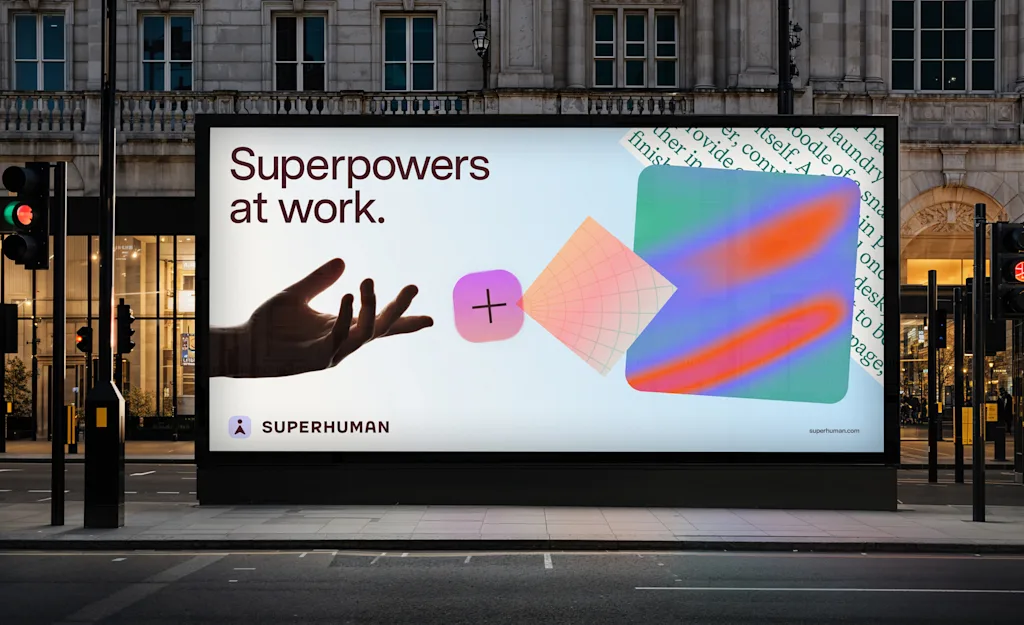
For context, Grammarly has been an AI-powered company since its inception in 2009, building a writing and grammar tool that used natural language processing to offer edits to users. Over the past few years, it’s been introducing generative tools that not only improve users’ own words, but help them draft new original text, as well as offering more subjective writing suggestions for better clarity and impact.
More recently, Grammarly has embarked on a spending spree to acquire additional AI companies that expand its scope. In December 2024, Grammarly acquired Coda, an AI-powered work platform that’s like a combination of Google Docs, Airtable, and Notion. (Mehrotra actually founded Coda, and became CEO of Grammarly post acquisition). Then, in June 2025, Grammarly also acquired Superhuman.
The terms of both deals were undisclosed, but Coda and Superhuman were last valued at $1.4 billion and $835 million, respectively, in 2021. Now, Grammarly is using those new investments to turn Superhuman into a much more all-encompassing work tool.
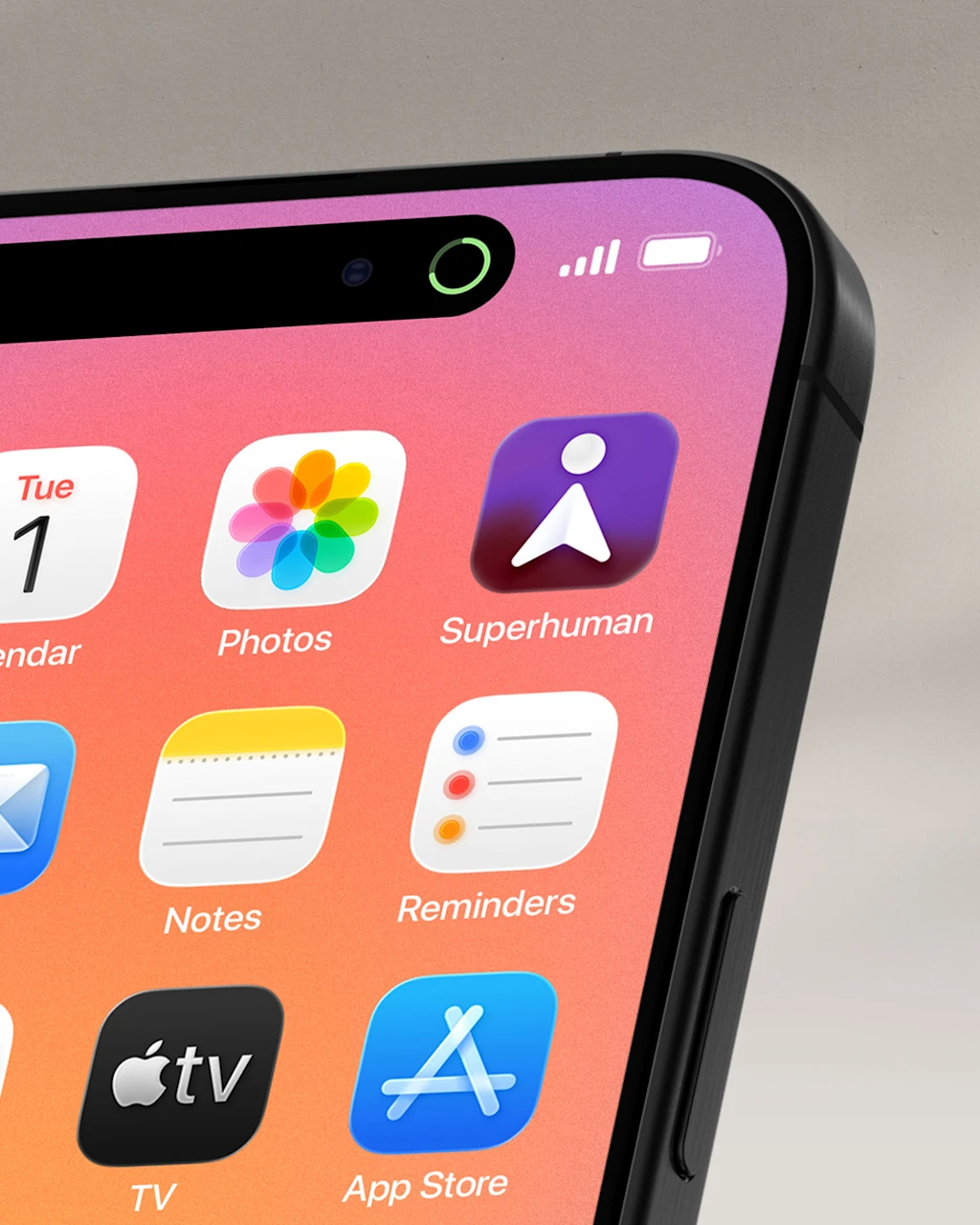
Mehrotra explains it like this: Grammarly has always run on the “AI superhighway,” meaning that, instead of living on its own platform, Grammarly travels with you to places like Google Docs, email, or your Notes app to help improve your writing. Superhuman will use that superhighway to bring a huge new range of productivity tools to wherever you’re working.
“We bring AI right to where people work,” Mehrotra says. “The analogy is, we only run one car on that highway, and that’s the one with your high school grammar teacher in it. But the idea is, what if it could be all the different agents and assistants that you would like?”
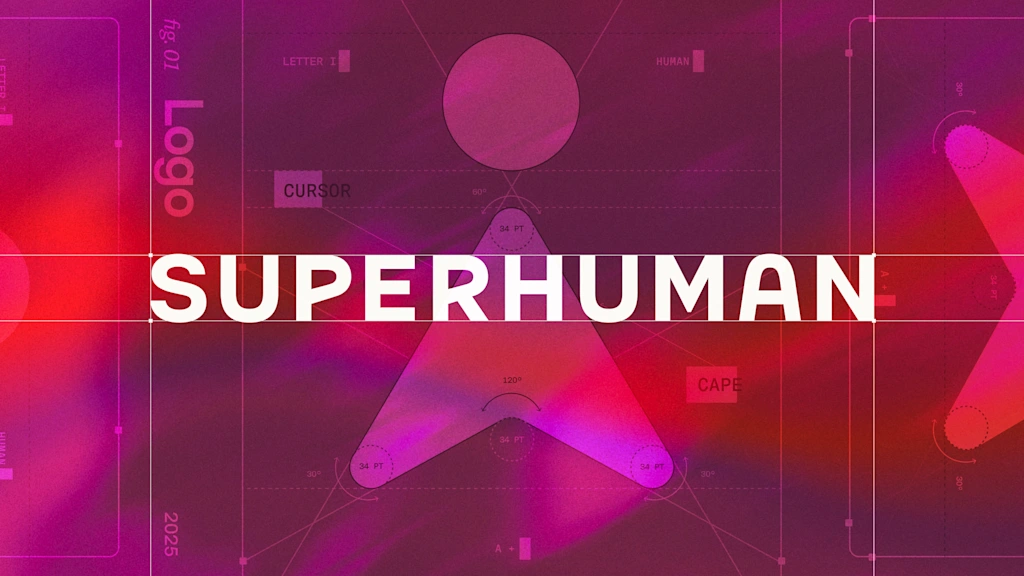
Updating Grammarly to Superhuman
Starting today, Grammarly users can turn on Superhuman Go by clicking on the Grammarly icon in their browser and toggling the product on.
From there, they’ll get a step-by-step onboarding to Superhuman Go. Users can look through a library of dozens of productivity agents and choose which they’d like to use. Options include a Gmail agent, which can draft and send new messages from any other workspace and summarize insights from emails; a calendar agent that can help schedule meetings from anywhere; and a Reader Reaction agent that can break down the most likely reader responses to whatever you might be working on. Several writing-based agents with the former Grammarly branding will also be available.
With so many moving parts, Whitehead says, Superhuman needed a new identity that was versatile enough to introduce users to its capabilities. That started with picking a name.
“That is definitely something that we heavily debated,” Whitehead says. “I was leading that naming process, and we were coming up with names that have never existed before; names that were fully abstract and totally made up, but had a nice mouth feel.” The name, he adds, had to be powerful, unique to the user, and human-centric—something that would make the user feel better for having used it. As the abstract naming process continued, nothing was clicking.
“Elevating the user was such a key part of the brief that, when we got notice about the potential [Superhuman] acquisition, it was like an earworm—we couldn’t unsee the connection between that Superhuman name and what we were going for,” Whitehead says.
Even before acquisition talks were closed, Superhuman kept reemerging as the best brand name for the company. Eventually, Whitehead says, “it became the obvious choice.”
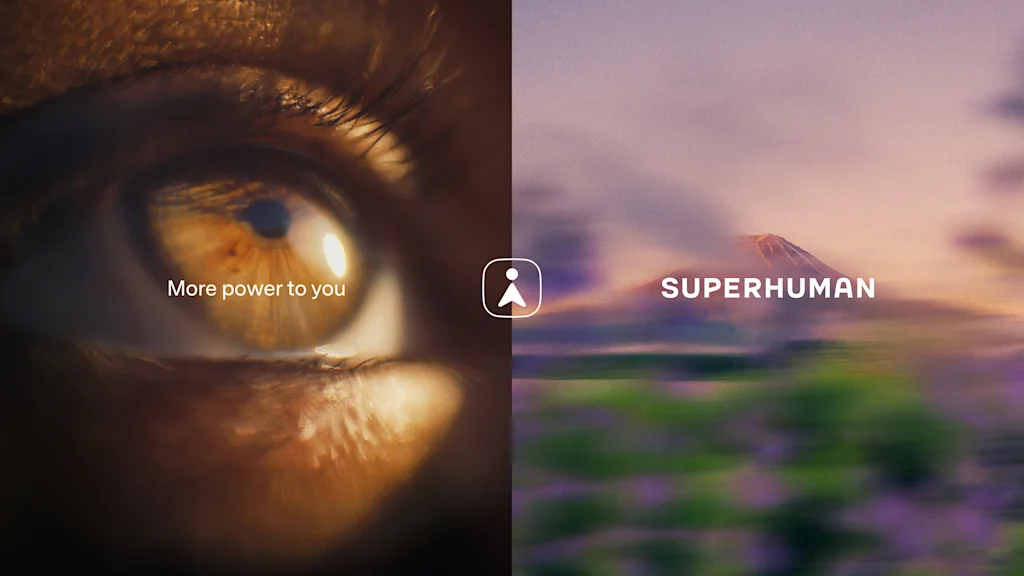
The two kinds of AI companies
The design agency tasked with bringing Superhuman to life was Smith & Diction, the same team behind the branding for Perplexity AI. Grammarly began briefing the Smith & Diction team on the rebrand in early 2025, but the company didn’t officially select its new name until late June, when the Superhuman acquisition was completed. For Chara and Mike Smith, the couple behind Smith & Diction, that meant there were only about three months to fully realize Superhuman’s branding.
In Chara’s experience, there are two kinds of AI companies. The first leans into the idea of automating tasks. Companies in this category have become recognizable for amorphous, abstract branding, like Open AI’s intertwined circles, Google Gemini’s ombre sparkle, or even Perplexity’s own swirling pages (which, Mike says, has given Smith & Diction a reputation for designing the “butthole logo”). The second category of AI companies is centered instead on how the user is in control of the tool, rather than the other way around.
“From the beginning, we definitely wanted to sit in that second camp,” Chara says. “Like, you’re the one with the ideas, you’re the one steering the ship. It’s almost like the Iron Man super suit. You put that on, and Iron Man is still in there, guiding it, making the decisions. But Iron Man can do so much more because of this super suit.”
It’s obvious that, with its new productivity platform, Grammarly wants to bill itself as an unobtrusive, human-centric tool. Mehrotra says Superhuman should feel “super subtle and invisible.” In essence, it’s an AI helper that’s not out to steal your job, but to help you get better at it. To sell that concept (even to potential AI naysayers), the company needed an extremely friendly, unintimidating brand.
To that end, Superhuman’s branding all hinges around one cute icon-slash-mascot named Hero. Hero serves a number of functions for Superhuman, including acting as the brand’s logo and guiding users through the UI experience. Its primary goal, though, is to make Superhuman feel trustworthy.
Transforming the Grammarly logo into a Superhuman
Hero’s look is essentially Grammarly’s iconic cursor (which looks a bit like a triangle with a chunk missing), topped with a round head. The simple-yet-versatile character can represent an “A” or an “i” (for AI, naturally), a cursor, and a superhero. Where it really comes alive, though, is through animation.
“We imagined it kind of taking the place of an explainer video,” Mike explains.
When Hero is thinking of an answer, its head bobs; when it’s writing, it turns into ellipses; and when it needs to get your attention, it springs upside down. All of these details might seem small, but Mike says they serve the dual purpose of helping users to understand how to use Superhuman and making the product feel more like an actual assistant. “If your logo is the thing that helps you through the product, then you’re going to build brand equity super quickly,” he adds.
To compliment Hero’s personality, Chara and Mike swapped Grammarly’s signature green for a warm palette of purples and maroons—a choice that stands out in a tech branding space saturated with blue and black. The result is a brand that feels both authoritative and warm.
“This was a product-first rebrand,” Whitehead says. “It was not about how this shows up on a billboard. This was, ‘How can the user connect with this brand on a more meaningful level?’ The mark itself is intrinsic to the user experience.”

“Naming a company is like naming a kid”
Logos doubling as mascots are nothing new in the branding space. But, with the exception of the Chinese company DeepSeek, Superhuman is one of the first AI companies to weave this kind of living mark into the user experience. In a moment when fears around the potential misuse of AI tend to dominate the cultural zeitgeist, the approach makes a lot of sense.
Still, for a company with as much brand equity as Grammarly, it’s an inherently risky move. There’s always the possibility that moving toward an AI-centric brand narrative invites backlash, considering that companies including Duolingo and Klarna both came under fire this year for touting their “AI-first” approaches.
However, the greater possibility is brand confusion, and even the cost of brand equity. Mehrotra says he’s well aware that some customers simply won’t adopt the name “Superhuman” when they refer to the company formerly known as Grammarly. While the Grammarly brand will still exist as an agent within the Superhuman platform, the company is certainly making a calculated trade-off by swapping the brand.
“If you think about gaming platforms, there’s many cases where the scale of the game outshines the name of the platform. And that’s totally fine,” Mehrota says. “I think for many people, they’re gonna seek out and install what they perceive to be Grammarly and happen to get Superhuman Go along the way, just like when you know when you want to play Call of Duty and you end up with a gaming console.”

